CPM 154 is CPM's version of the standard Crucible 154 CM steel. CPM's manufacturing process ensures a uniform distribution of carbides in this grade, giving CPM 154 easier grinding and polishing, as well as better toughness than regular 154 CM steel, while maintaining similar heat treatment and wear characteristics.
CPM 154 provides better corrosion resistance, better wear resistance, and better high-temperature hardness than 440C, as well as greater toughness. For knife makers, it provides better edge retention and chip resistance than 440C.
Steel grade CPM 154 is a stainless powder steel developed in 2006 by Crucible Industries, USA. Hardness 61-62 HRC. Carbide content is about 17%. Very wear-resistant. Keeps an edge sharp well, resistant to chipping. It is one of the most popular steels for knives of the middle and slightly above average class. Unpretentious in sharpening.
The CPM process produces a highly homogeneous, high quality steel with superior dimensional stability, grindability and strength compared to steels produced by conventional methods.
CPM 154 is almost a complete analogue of ATS-34 and RWL-34 steel. CPM 154 is an excellent, easy-to-sharpen working steel in the price range equal to powder steels CPM S30V and CPM S35V. According to Mick Strider and Duane Dwyer from Strider Knives, the performance characteristics and properties of blades made of CPM 154, CPM S30V and CPM S35V steels can be safely put on an equal sign.
Overall, CPM 154 is a high-quality steel that is well suited for a variety of cutting tasks. If you are looking for a knife with excellent edge retention, wear resistance, and toughness, CPM 154 is a great option to consider.

Application
- Cutlery;
- Bearings;
- Corrosion-resistant tools;
- Knives.
Note: These are some typical applications. Your specific application should not be undertaken without independent study and evaluation for suitability.
Blade steel comparagraph
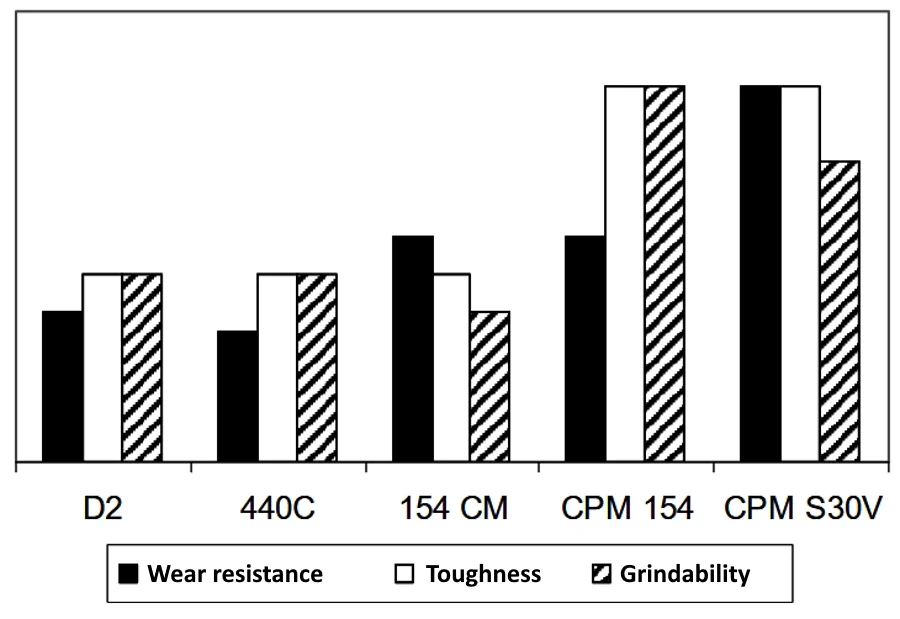
Chemical composition
Chemical composition of steel grade CPM 154 | |||||||||
| C | Cr | Mo | W | V | Mn | Si | S | P | Fe |
| 1,05 | 14,0 | 4,0 | 0,4 | 0,4 | 0,5 | 0,8 | 0,03 | 0,03 | Other |
Physical properties
- Modulus of elasticity: 207 GPa;
- Density: 7.78 g/cm3;
- Thermal conductivity: 15 W/(m.K);
- Coefficient of thermal expansion::
-74 °C - 21 °C: 7.02X10-6 mm/mm/°C;
21 °C - 38 °C: 7.33X10-6 mm/mm/°C;
21 °C - 149 °C: 10.35X10-6 mm/mm/°C;
21 °C - 260 °C: 10.91X10-6 mm/mm/°C;
Machinability
Because of the CPM processing, CPM 154 is easier to machine and grind than standard 154 CM. General machining parameters are similar to 154 CM and 440C.
Mechanical Properties
| Grade | Hardness (HRC) | Wear resistance * | Total carbide volume |
| 154 CM | 58,5 | 49 mg | 17,5% |
| 440C | 57,5 | 66 mg, 55 mg | 12,0% |
* Wear resistance is measured by the pin abrasion method. A lower number (mg.) means less weight loss (mg.) and therefore better wear resistance.
| Hot hardness | |||||
| Heat treatment | Initial HRC | HRC tested at | Final HRC | ||
| 204 °C | 260 °C | 315 °C | |||
| A | 62 | 59 | 58 | 55 | 60 |
| B | 62 | - | - | 55 | 62 |
| C | 64 | - | - | 57 | 64 |
- (A) Austenitized at 1066 °C for 1 hour, oil quenched, cryo-treated, tempered at 316 °C for 1 hour;
- (B) Austenitized at 1066 °C for 1 hour, oil quenched, cryo-treated, tempered at 538 °C for 1 hour;
- (C) Austenitized at 1093 °C for 20 min., oil quenched, cryo-treated, tempered at 538 °C for 1 hour;
Thermal Treatments
Annealing:
- Annealing: heat to 1650 °F (900 °C), hold 2 hrs., slow cool no faster than 25 °F (15 °C) per hour to 1200 °F (650 °C), then furnace cool or cool in still air to room temperature. Crucible 154 CM can be cycle annealed by heating to 1600 °F (900 °C). hold 2 hrs., cool to 1300 °F (704 °C), hold 4 hrs., then air cool.
Annealed hardness: about BHN 235.
Stress Relieving
- Annealed parts: heat to 1100 - 1300 °F (595 - 705 °C), hold 2 hours, then furnace cool or cool in still air.
- Hardened parts: heat to 25 - 50 °F (15 - 30 °C) below the original tempering temperature, hold 2 hours, then furnace cool or cool in still air.
Hardening
- Preheat: heat to 1400 °F (760 °C). Equalize.
- Austenitize: 1900 - 2000 °F (1037 - 1093 °C), hold time at temperature 30 - 60 minutes.
- Quench: oil or positive pressure (4 bar minimum) to below 125 °F (50 °C), or salt quench to about 1000 °F (540 °C), then air cool to below 125 °F (50 °C). Salt bath treatment, if practical, will ensure the maximum attainable toughness for a given hardening treatment.
- Temper: twice at 400 - 1200 °F (204 - 650 °C), 2 hours minimum each time.
Note: As with all martensitic stainless steels, tempering at 800 - 1100 °F (425 - 600 °C) will result in sensitization which causes a minor reduction in both corrosion resistance and toughness. We recommend that this tempering range be avoided.
Aim hardness: HRC 55-62
Note: roperties shown throughout this data sheet are typical values. Normal variations in chemistry, size and heat treat conditions may cause deviations from these values. For additional data or metallurgical engineering assistance, consult.
Heat treat response
| Heat treat response of CPM 154 steel Hardness (HRC) | ||||||
Tempering temperature. Time at Temp. | Austenitizing temperature | |||||
| 1040 °C | 1065 °C | 1095 °C | ||||
| 1 hr. | 1 hr. | 30 min. | ||||
| Quench (optional freeze) | Oil | Oil & Freeze | Oil | Oil & Freeze | Oil | Oil & Freeze |
| As Quenched | 62 | 63 | 61 | 63 | 54 | 63 |
| 204 °C | 59 | 60 | 59 | 62 | 52 | 62 |
| 315 °C | 56 | 59 | 56 | 60 | 50 | 60 |
| 427 °C | 56 | 56 | 57 | 60 | 50 | 61 |
| 482 °C | 56 | 57 | 58 | 61 | 52 | 61 |
| 540 °C | 54 | 58 | 60 | 61 | 54 | 63 |
| 565 °C | 51 | 52 | 55 | 56 | 52 | 58 |
| No. of Tempers | 2 | 2 | 2 | |||
| Results may vary with hardening method and section size. Salt or oil quenching will give maximum response. Vacuum or atmosphere cooling may result in up to 1-2 HRC points lower. | ||||||
Recommended heat treat practice
To completely transform any retained austenite, a freezing treatment with dry ice at -100 °F (-74 °C) is recommended either after the quench or in between the two tempers. The freezing treatment is most effective right out of the quench, however complex parts with sharp corners are more safely frozen between the two tempers. Thin sections can be successfully quenched in forced air and will obtain results to those in the table above.
Surface treatments
If surface treatments such as CVD, PVD, or nitriding are used, ensure that the coating process temperature is below the tempering temperature. Nitriding or tempering at 900 °F or higher may reduce the corrosion resistance of CPM 154 or any other stainless steel.
Note: Properties shown throughout this data sheet are typical values. Normal variations in chemistry, size and heat treat conditions may cause deviations from these values.

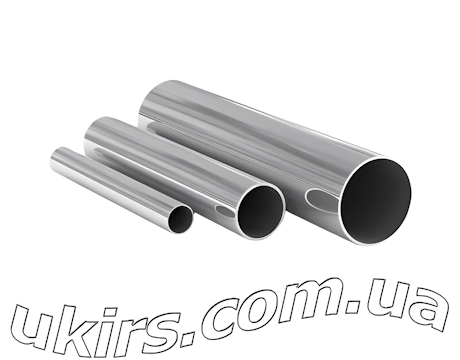 Stainless Steel Round Pipe
Stainless Steel Round Pipe 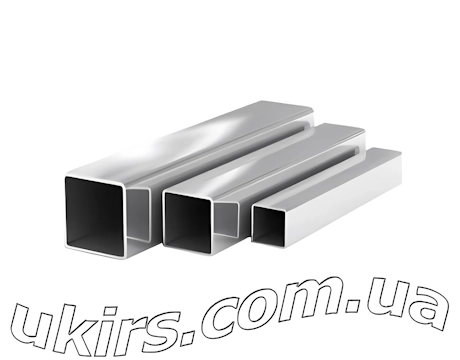 Stainless Steel Square Pipe
Stainless Steel Square Pipe 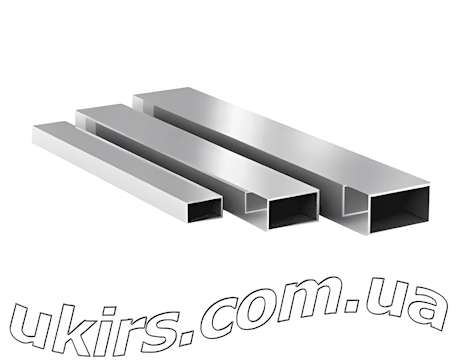 Stainless Steel Rectangular Pipe
Stainless Steel Rectangular Pipe 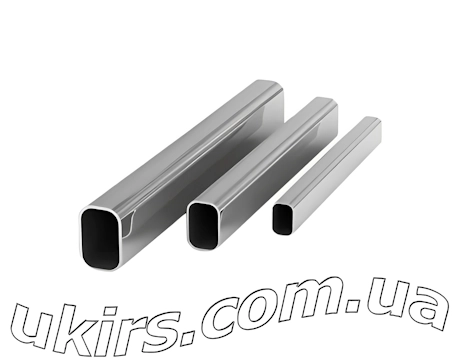 Stainless Steel Oval Pipe
Stainless Steel Oval Pipe 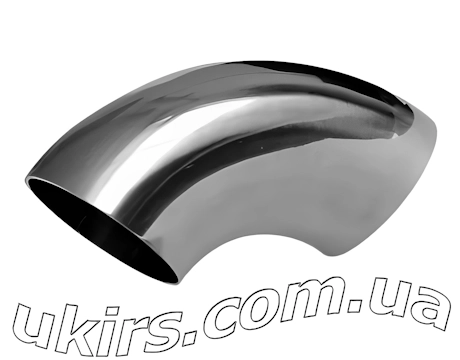 Stainless Steel Elbow
Stainless Steel Elbow 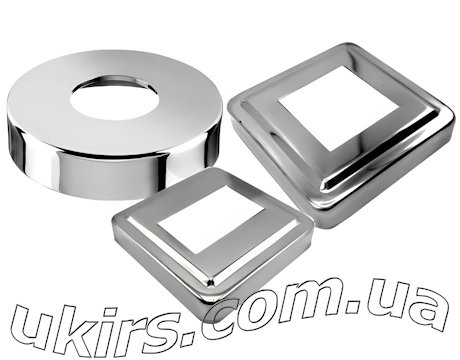 Stainless Steel Decorative Cover
Stainless Steel Decorative Cover 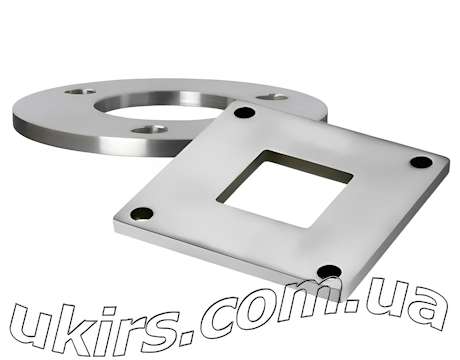 Stainless Steel Flange
Stainless Steel Flange 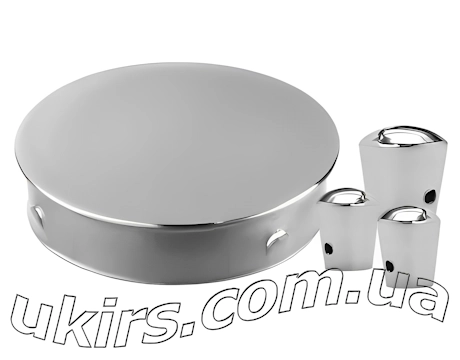 Stainless Steel Plug / Cap
Stainless Steel Plug / Cap  Stainless Steel Handrail Holder
Stainless Steel Handrail Holder